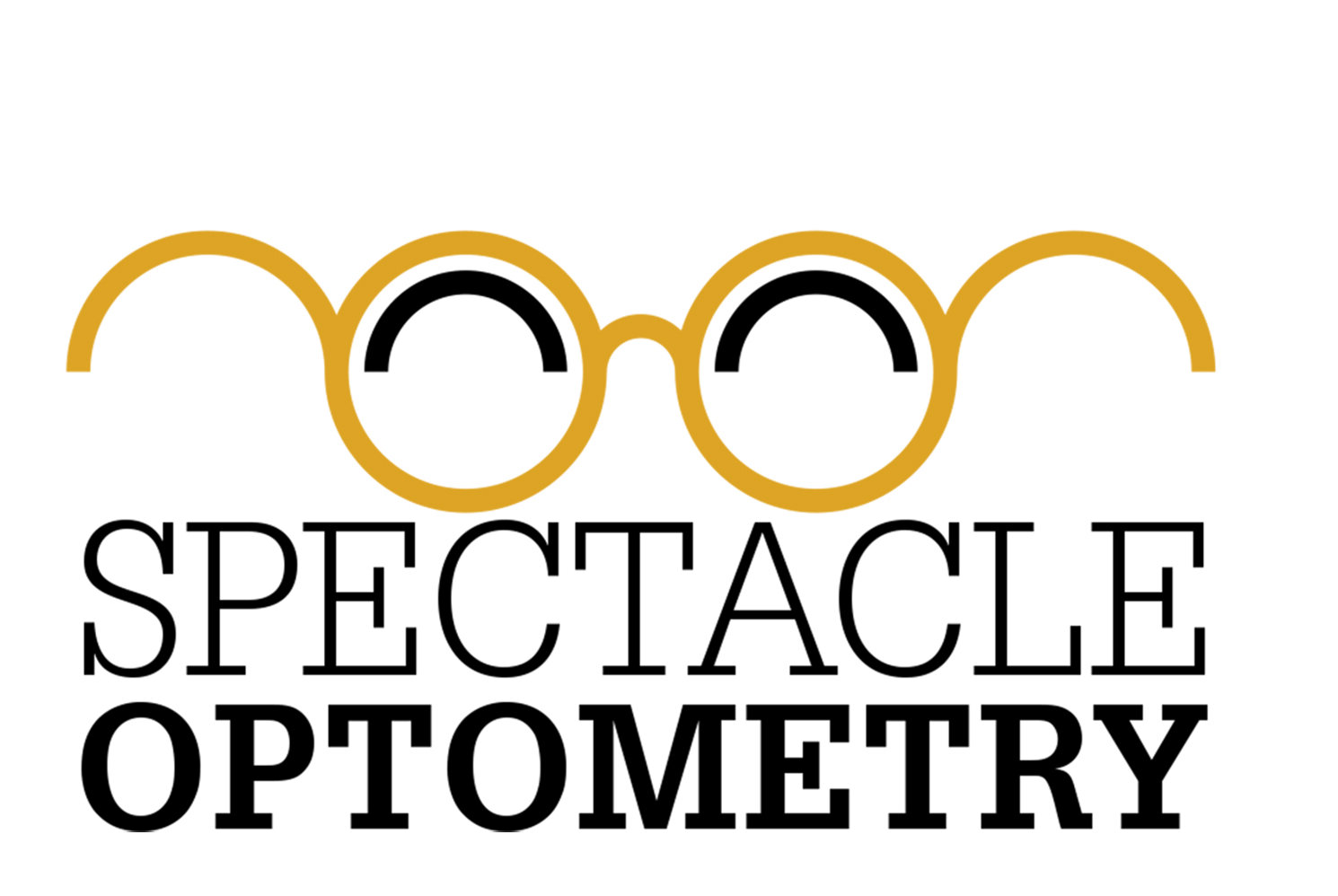HERE COMES THE SUN DAMAGE
We all know to apply sunscreen before we go outside because the sun’s UV rays can be damaging. Whether we actually apply it or not is another story, but we do all know the benefit and need for sunscreen. However, did you know that our eyes can be damaged by the sun and we need to protect them too? More than one-third of adults have experienced sun damage to their eyes at one point in time, and we think that number is probably a lot higher here in Southern California! But what exactly does sun damage to your eyes look like and how can we prevent it? We’re here to give you the inside scoop on just that!
The UV exposure from the sun can cause mild symptoms like redness, itching and tearing to more severe symptoms like eyelid discoloration that can lead to skin cancer. Today, we’re going to focus on the top five conditions that we see most often or are the most harmful that we need to watch out for…
Pinguecula and/or Pterygiums: These both are completely avoidable and 100% caused by the sun. The sun causes an extra growth of the white part of our eyes that can extend on to our corneas causing pterygiums which create vision distortions. We see these in a lot of our patients!
Cataracts: Cataracts, or the hazy or yellowing or the lens inside our eyes, can grow at a rapid rate due to sun exposure, and some cataracts are even caused solely by the sun’s rays which is definitely preventable.
Macular Degeneration: Higher exposure to UV light has shown to speed up the macular degeneration process causing earlier detection of symptoms. Macular degeneration causes our central vision to be distorted, broken, or missing completely.
Photokeratitis: It is like a sunburn to our eyes that can cause pain, redness, tearing, swelling, or even temporary vision loss.
Skin Cancer: Our eyelid skin is very thin, and in turn, more susceptible to skin cancer. In fact, almost 1/10th of all skin cancer is found on the eyelids. It can look like a darker discoloration of the eyelid, an eyelid bump, or a notch of the eyelid missing.
Now that we know what we’re looking out for, here’s how to avoid those conditions from even starting in the first place. The two most common ways to prevent ultraviolet rays from hitting our eyes is with sunglasses and contact lenses.
Unfortunately, you can’t just use any sunglasses and expect to be fully protected. Some sunglasses are better than others. First, you want to make sure that the lenses block 100% of UV light. Second, you want to be sure the frames are close fitting or even wrap around to a thicker side to be the most protected from the damaging sun. Finally, we recommend polarized sunglasses. Oftentimes when we are outside, it is the sun’s glare that causes us the most discomfort. Polarized sunglasses provide superior glare protection by filtering out the light that causes the glare and leaving you with a crisp, clear image in every scenario.
If you’re a contact lens wearer, you can actually provide even more protection from the sun. Studies have shown that as much as 45% of UV rays may still be penetrating the eyes from the top, bottom, and sides of sunglasses that are exposed. Several of our contact lens options have UV blocking built into them to protect your eyes even more. This UV blocking capability comes in dailies, two-week lenses, and our monthly lenses to meet any needs you may have.
So this summer (and really every season!), be sure to protect those eyes from the damaging effects from ultraviolet rays from the sun. Feel free to stop by our optical if you’re in need of some new sunglasses for the new season!





